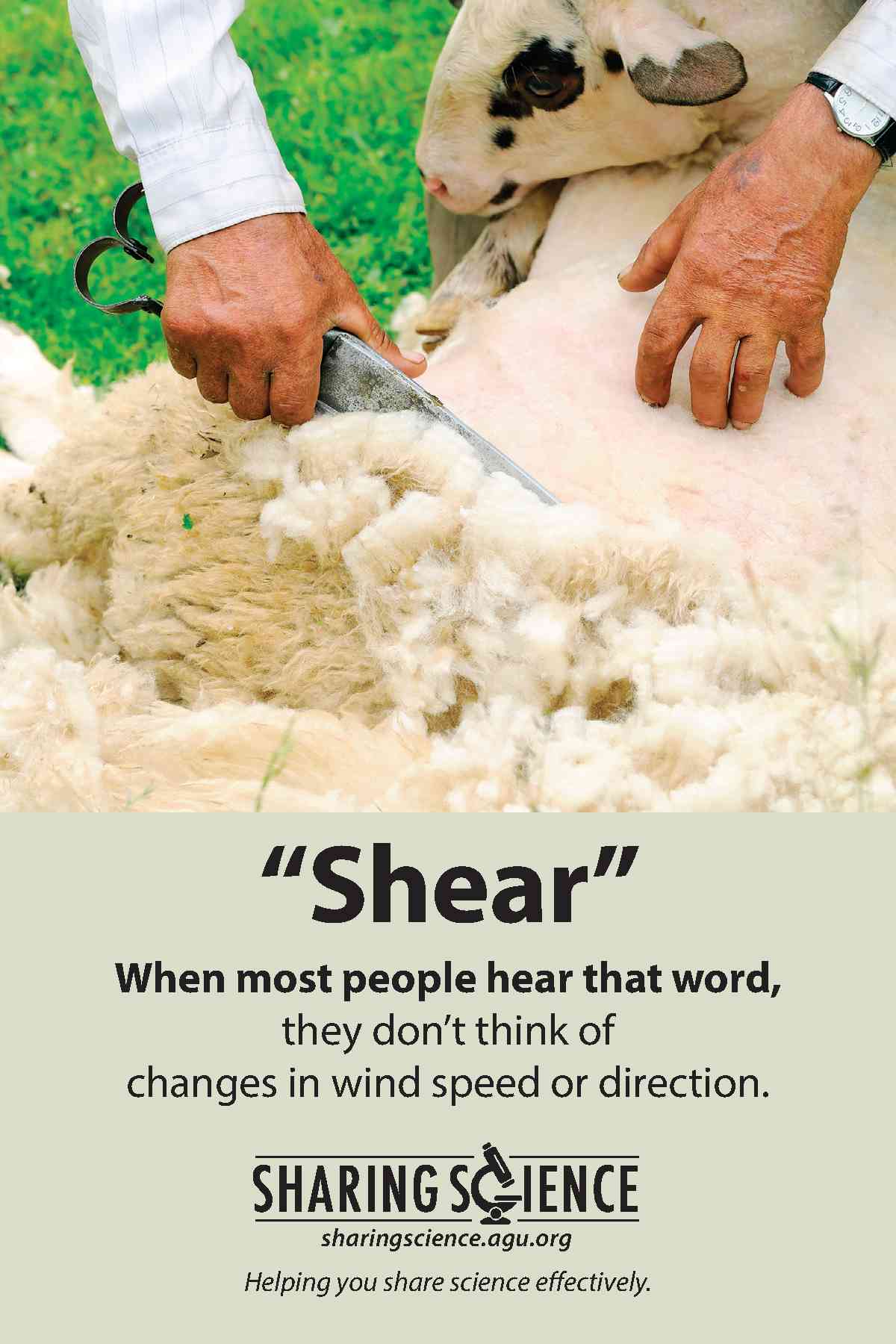29 August 2016
#SciWords: 1 word, multiple meanings
Posted by Shane Hanlon

Chart by: Richard C.J. Somerville & Susan Joy Hassol.
By Shane M Hanlon
Jargon—it’s everywhere, from your favorite sport to politics to your profession. This fact is especially true in the sciences where scientific jargon is often seen as a barrier to effectively communicating with non-science audiences. We in the Sharing Science program usually spend an entire section of our science communication workshops with tips to avoid jargon (here are a few). There are all kinds of resources out there to help scientists reduce/eliminate jargon from their vocabulary, the most famous of which is likely the Up-Goer Five Text Editor.
Sometimes scientists create words to describe certain scientific theories, processes, tools, etc. However, other times an existing word may be co-opted to mean something else; thus the creation of words with multiple meanings. These are words that we as scientists use that mean one things to us and something completely different to non-scientists. Somerville and Hassol (2011) came up with a great list of such words as they relate to climate change science (and talk about it here and here). We at Sharing Science have featured some that apply to the Earth and space sciences (e.g. shear, dating). Now we’d like to expand our list and we want input from you!
 Starting today, please let us know about Earth and space science words using the hashtag #SciWords on Twitter. We’ll compile a list of responses and share them back with all of you! We’re looking forward to hearing from you and to helping scientists be more aware of the science words that they use that may mean different things to different people.
Starting today, please let us know about Earth and space science words using the hashtag #SciWords on Twitter. We’ll compile a list of responses and share them back with all of you! We’re looking forward to hearing from you and to helping scientists be more aware of the science words that they use that may mean different things to different people.
–Shane M Hanlon is an AGU Sharing Science Specialist


 The Plainspoken Scientist is the science communication blog of AGU’s Sharing Science program. With this blog, we wish to showcase creative and effective science communication via multiple mediums and modes.
The Plainspoken Scientist is the science communication blog of AGU’s Sharing Science program. With this blog, we wish to showcase creative and effective science communication via multiple mediums and modes.